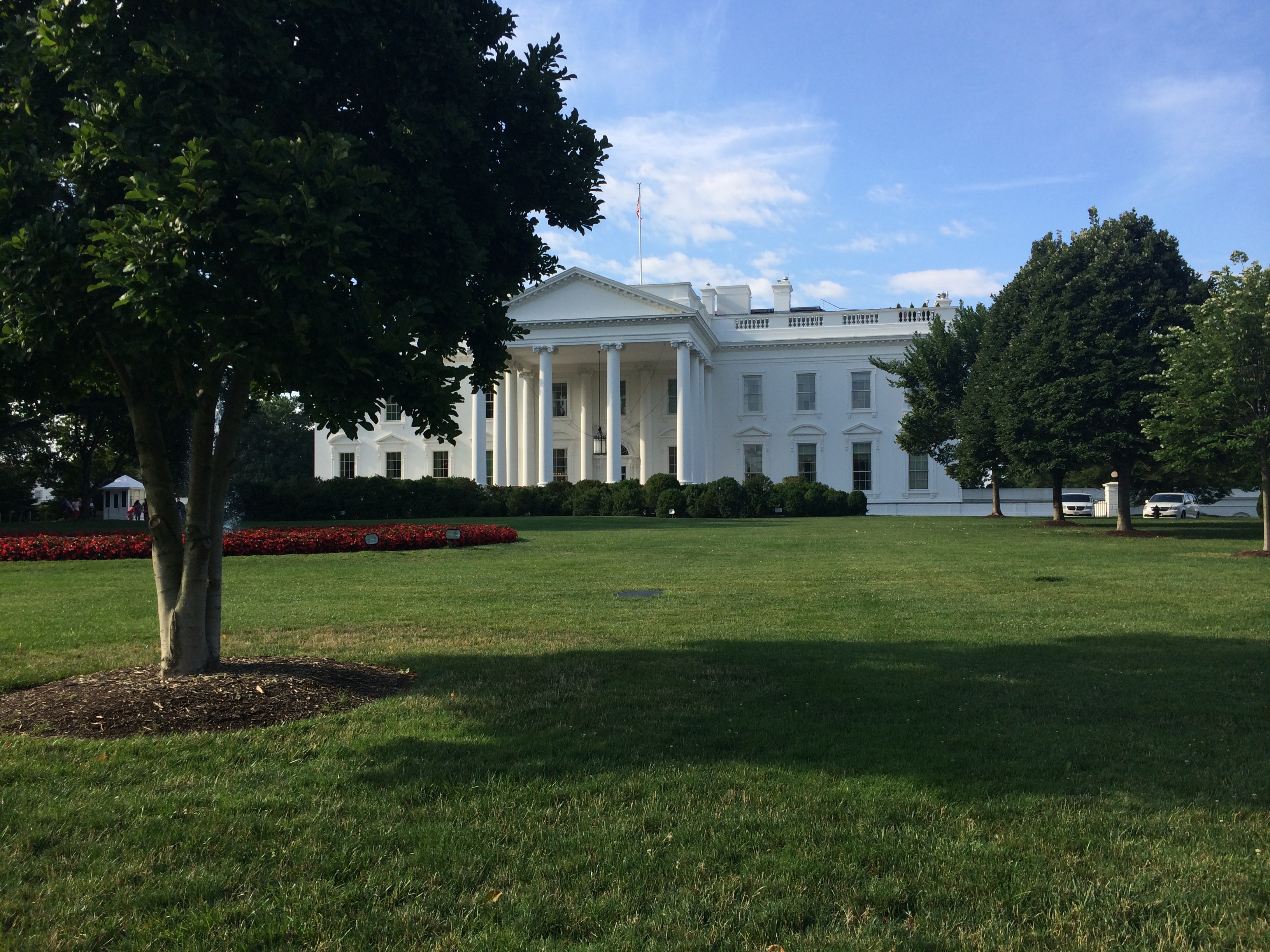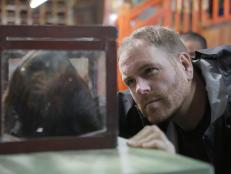8 Things You Didn’t Know About the White House

In The White House: Mysteries at the Museum, host Don Wildman heads to Washington, D.C. to find out how the White House evolved from a comparatively humble, 18th-century sandstone building into the high-tech national nerve center it is today. Here’s a taste of what awaited him there.

Abraham Lincoln never slept in the Lincoln Bedroom.
For the first hundred years of its existence, the White House didn’t have purpose-built offices, and each president had to choose a room for work in—usually a converted bedroom upstairs. Lincoln used what became known as the Lincoln Bedroom as his office.

President Harrison tried to turn the White House into a castle.
No, seriously: according to the reference branch of the National Archives, Harrison proposed to quadruple the building in size (and finally separate the public and private areas once and for all) by creating an enclosed court and adding offices for the staff and an art wing for visiting tourists. Congress refused to pay for it.
Teddy Roosevelt nearly brought the whole place down.
In 1902, President Roosevelt spearheaded a renovation that turned the entire second floor of the White House into private living space, moved the public entrance to the east, and moved the executive offices to a western wing. His “restoration” was largely faithful to the building’s 1792 design, but its expansion of the dining room to seat more guests removed a load-bearing wall. The house’s structure was overstressed for the next 50 years, and a piano leg burst through the ceiling in 1948 (much to President Truman’s surprise).

Truman’s work to update Roosevelt’s renovation job might have connected the White House to a bomb shelter.
After a piano nearly relocated itself in the dining room and engineers reported that the White House was in danger of collapsing, Truman ordered a gut renovation. Everything but the stone walls was demolished, a new steel frame was built, and a two-level sub-basement was added. Did a concrete tunnel connect the sub-basement to a shelter FDR built during World War Two? Construction photos of the excavation and tunnel exist, but the relationship between them remains a mystery.

The White House’s “red phone” never existed.
After the Cuban Missile Crisis in 1962, JFK and Khrushchev agreed to set up a hotline between Washington and Moscow that would enable direct communication between the superpowers. The original version—which became operational 10 months after the crisis—was a pair of electromechanical teletype machines connected by a 10,000-mile transatlantic cable.

The Secret Service trains with a replica of Air Force One.
The James T. Rowley Training Center—the compound where agents learn to protect the President and his staff—features full-size mockups of Marine One and the forward fuselage of Air Force One. There’s also an urban street (reminiscent of the “streets” on Hollywood movie studio lots) for practicing Presidential movements. Speaking of Air Force One...

The sky over Washington is now a no-fly zone.
In order to take helicopter ride over the city, Don underwent a background check and had to receive clearance from three different federal agencies. Air traffic in the area was heavy until 9/11, when the White House was a suspected target of Al Qaeda’s attacks; there’s now a no-fly zone 10 miles wide over the President’s residence.
That no-fly zone is strictly (and dramatically) enforced.
Washington’s airspace is surrounded by a laser warning system, and if a pilot ignores the warning he or she receives from that system, a fighter jet will escort them to the nearest runway.
The White House: Mysteries at the Museum premieres tonight at 9 pm ET / 6 pm PT.

